
钻石宝石:历史、意义、价值等
 钻石是璀璨夺目、光彩夺目的碳质矿物,被誉为宝石之王。作为地球上最坚硬的矿物之一,钻石的结构和全球声誉几乎牢不可破。
钻石是璀璨夺目、光彩夺目的碳质矿物,被誉为宝石之王。作为地球上最坚硬的矿物之一,钻石的结构和全球声誉几乎牢不可破。
虽然大约 98% 的宝石都被视为半宝石,但钻石是珍贵宝石名单上的四种宝石之一,另外三种是红宝石、 蓝宝石和祖母绿。
你知道吗?钻石并非地球独有!50光年外,一颗名为“露西”的“恒星”其实是一颗重达100亿亿亿克拉的钻石!
在地球上,钻石深受世界各地人们的喜爱。仅在北美,钻石就是美国阿肯色州和加拿大西北地区的官方宝石。
钻石为何如此受人喜爱?今天我们将一一解答!除了几乎每枚订婚戒指上闪耀的璀璨光芒外,钻石还有许多值得喜爱的地方!
但在了解有关钻石的所有重要信息之前,让我们先做些准备工作,从最基本的东西开始:什么是钻石?
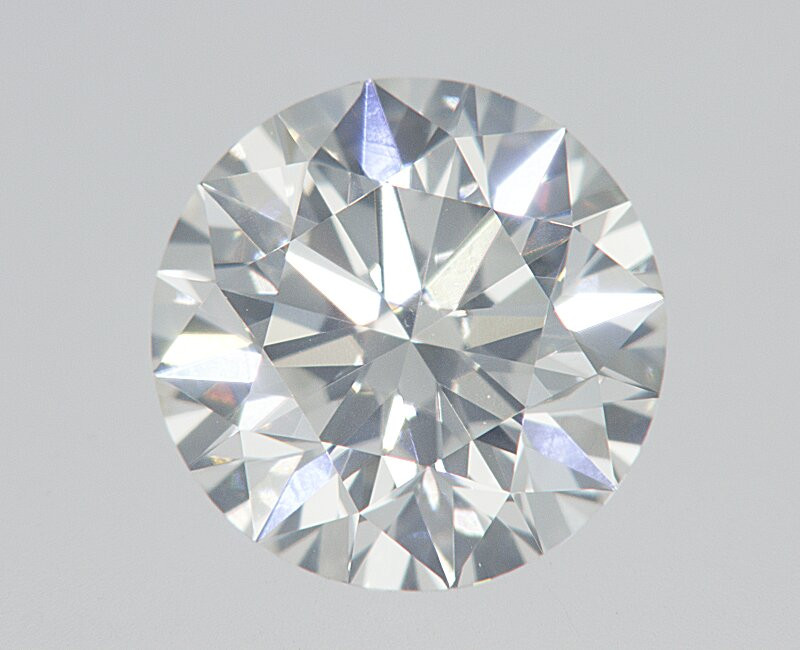
关于钻石
在宝石榜单上,钻石似乎独占鳌头;那么,钻石是宝石吗?当然是!事实上,钻石对很多人来说都是幸运宝石!
如果你出生在四月,恭喜你!钻石是传统的四月诞生石。夏天出生的宝宝也一样,因为钻石是八月神秘的诞生石!
对于我们的占星爱好者来说,钻石是白羊座的星座石!同为火象星座的狮子座则拥有一颗钻石星石。考虑到钻石的璀璨光芒,这两者简直是天作之合!
说到天作之合,钻石是结婚10周年、60周年和75周年的传统宝石!您可能已经拥有一枚钻戒,但何不搭配一条配套的钻石项链或耳环来庆祝呢?没有什么比钻石更能表达爱情了。毕竟,它们是“永恒”的!
矿物特性
关于钻石的物理特性,这些宝石以其令人印象深刻的坚固性而闻名。 钻石的莫氏硬度为10,是世界上最坚硬的宝石。
科学家曾认为钻石是最坚硬的天然材料,但截至2019年,有两种材料超越了它:纤锌矿氮化硼和蓝丝黛尔石。除此之外,钻石的硬度比任何其他天然材料都要高出58倍。
但是钻石是岩石还是矿物呢?钻石是碳矿物!
从化学角度来看,钻石是碳的同素异形体。其晶体结构类似于两个底部相连的金字塔。
大约30%的钻石在适当的环境下会发出荧光。它们的荧光几乎总是蓝色的,但有时也会出现其他颜色。
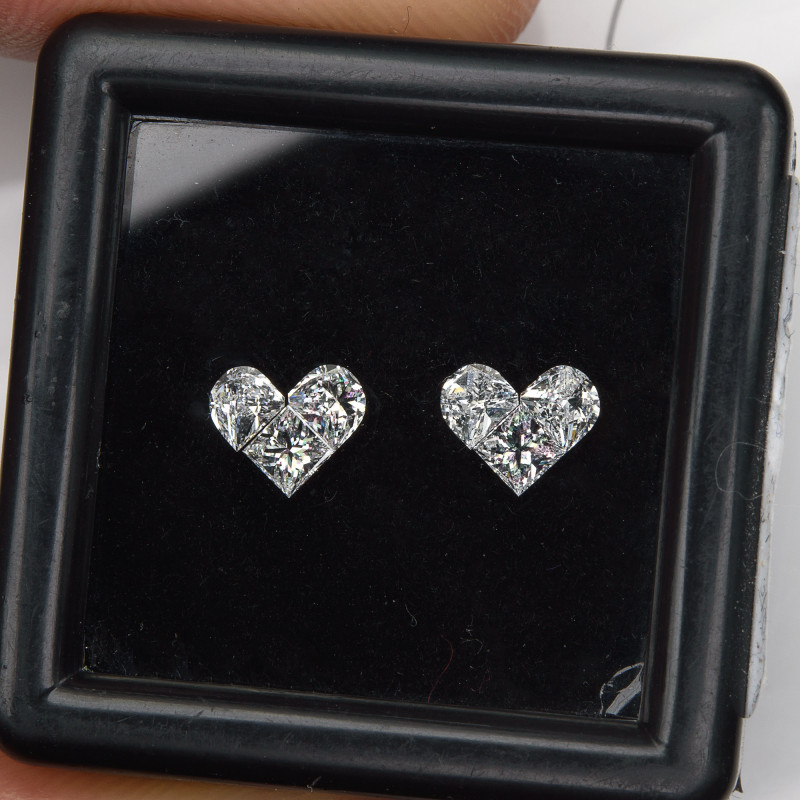
钻石的种类
当你听到“钻石”这个词时,你可能会想到白色的钻石。白色钻石宝石无色,通常与“天然钻石”同义。
钻石有几十种不同的类型,但主要分为I型和II型。约95%的钻石属于I型,含有氮杂质,并呈现荧光。II型钻石不含氮。
让我们分解一下子类型:
Ia型钻石。由于晶体中遍布氮原子簇,钻石呈现淡黄色。1aA型钻石含有成对的氮原子簇,而1aB型钻石则含有四个氮原子簇。
IIa 型钻石。最稀有、最珍贵的钻石类型,占钻石的 1%,氮含量极低甚至为零,因此闪耀夺目。
Ib 型钻石。不常见的钻石(含量低于 0.1%),含有分散的氮簇,呈现出浓郁的黄色、橙色、棕色或黄绿色。
IIb 型钻石。该类型钻石不含氮,但含有硼,具有导电性。
我们应该提到令人困惑的术语“钻石” ,因为这些不是钻石,而是类似钻石的人造宝石(例如莱茵石)。让我们回到真正的交易,好吗!
钻石规格和特征
颜色:无色;可以是黄色、橙色、红色、蓝色、绿色、紫色和棕色
晶体结构:立方(等轴)
光泽: 金刚光泽
透明度:透明
折射率:2.42
密度:3.51-3.53
乳沟:开[111];4个方向完美
骨折:不均匀/不规则
条痕:无色
发光:在特定条件下的荧光;几乎总是蓝色,但很少是白色、黄色、绿色或红色
除了钻石宝石学,钻石究竟代表什么?钻石的意义远不止于外表!
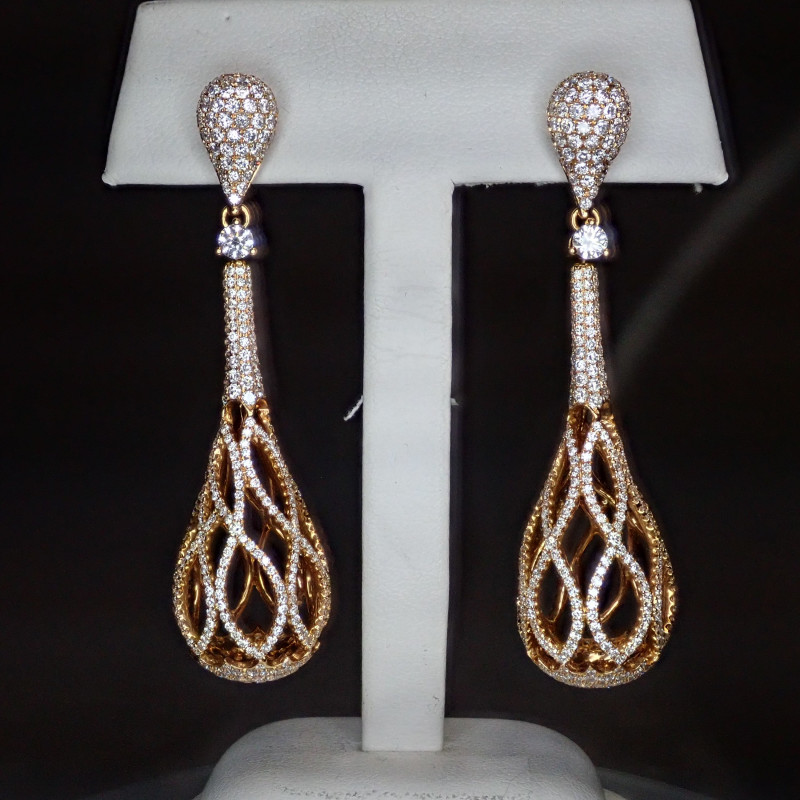
钻石的含义
“钻石”一词源于古希腊语“adamas ”,意为“无敌”。除了描述钻石的物理强度外,它还与钻石可以保佑人免于死亡的神话有关。或许,钻石的这一含义源于其极强的耐久性,象征着守护。
自古以来,人们就以精神和哲学的眼光来审视钻石宝石。公元1世纪,罗马博物学家老普林尼曾这样描述钻石:
“钻石不仅是宝石中最珍贵的,也是世间所有事物中最珍贵的。 ”
古印度人以发现首批钻石而自豪,并将其融入各种传说之中。钻石的梵语“ Vajra”意为“雷电”,源于当地传说,暴风雨之神因陀罗发出闪电击打地球,形成钻石。
此外,古印度人将钻石镶嵌在宗教偶像上,并将其视为护身符。宗教与宝石学经常交织,印度教经文《迦楼罗往世书》(Garuda Purana)就描述了钻石的品质以及财富、繁荣等益处。
几个世纪以来,钻石一直是财富和地位的象征。15世纪之前,只有贵族和牧师才能佩戴钻石珠宝。
如今,钻石象征着永恒的纽带、爱情和忠诚。从精神层面来说,钻石代表着长寿、内在美和成就。
那么,如何使用钻石呢?
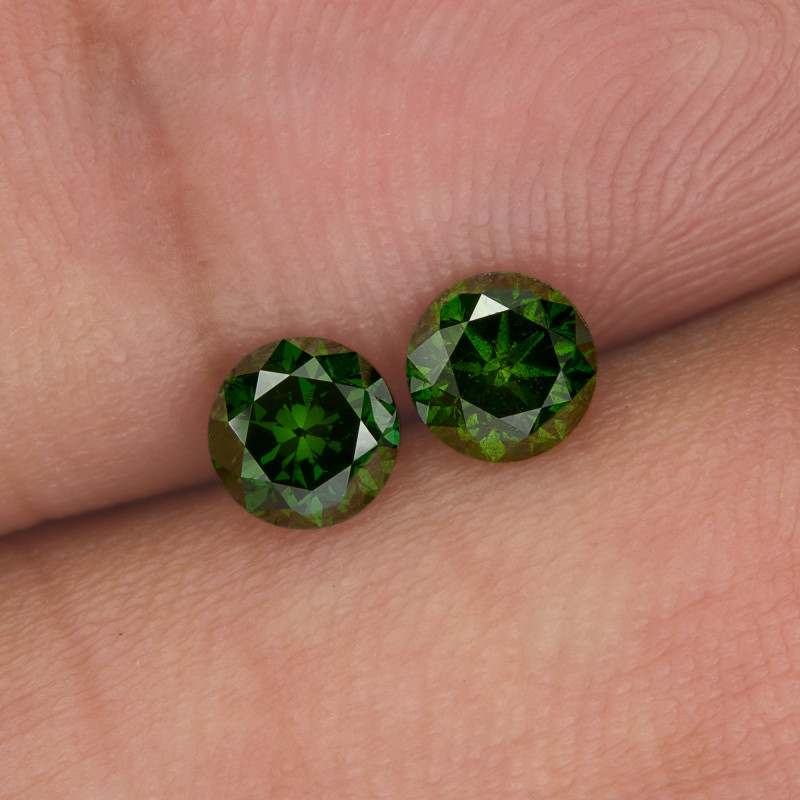
钻石的治疗功效
像所有疗愈宝石一样,钻石蕴含着精神力量。作为一种白色宝石,钻石可以提升意识、净化心灵、增强力量。
钻石的无敌特性还延伸到其他治疗功效,据称能带来力量、勇气和耐力。钻石的火彩据说能提升清晰度和创新能力。
那么钻石的具体治疗功效又如何呢?
身体康复
据说钻石可以作用于神经系统,改善认知和感官能力。此外,钻石还可以增强其他宝石的疗愈功效。
情绪疗愈
从情感上来说,钻石可以清除忧虑、痛苦等负面情绪。经过净化之后,钻石可以促进个人成长,让你触及至高无上的自我,发掘自身的力量。
脉轮疗愈
钻石与顶轮相得益彰。顶轮是你身体与灵魂交汇的地方,被称为“通往宇宙的桥梁”。
不平衡的顶轮会让人感到困惑和孤立。钻石可以平衡顶轮,提升你的精神觉知和联系。
在购买之前,您需要提高对钻石质量的认识。
钻石宝石属性:4C
什么是天然钻石?天然钻石的真正价值是什么?虽然买家可能并不了解这些,但专家们采用一种可靠的方法来评估钻石的价值,那就是“4C”标准。
钻石品质的“4C”标准由美国宝石学院 (GIA) 创立,是一套通用的钻石分级系统。GIA 钻石分级系统在国际上广泛使用,消费者依赖 GIA 或 IGS(国际宝石学会)颁发的钻石证书进行客观的品质评估。
测量包括颜色、切工、净度和克拉重量。

颜色
最高品质的钻石是无色的。GIA 的颜色等级从 D(完全无色)到 Z(淡黄色或棕色)不等,大多数成品钻石的颜色都属于这个范围。
钻石颜色分级涉及将钻石与一组标准钻石进行比较,每颗钻石代表 DZ 等级上的一种颜色。
对于其他天然颜色,稀有度决定其价值。红色钻石最为稀有,其次是蓝色和粉色。然而,蓝色荧光更为常见,可以改善黄色色调。然而,高强度的荧光会降低净度。

明晰
净度是指钻石内部可见内含物(内部)或表面瑕疵(外部)的程度。内含物和表面瑕疵越少,价值越高。
常见的钻石内含物包括小的钻石碎片或其他矿物的痕迹。最常见的瑕疵是凹痕或划痕。
清晰度评估根据大小、位置、数量和对比度(浮雕)对清晰度特征进行分级。两个主要的清晰度分级标准来自 GIA 和 AGS(美国宝石学会)。
GIA 的清晰度等级有 11 个等级,从无瑕疵(在 10 倍放大镜下没有可见的内含物或瑕疵)开始,到 I3(容易看到影响光泽和透明度的内含物)。
最低和最高之间的净度等级通常表示只有在 10 倍放大镜下才能看到内含物。

切
钻石切工是指钻石刻面反射光线的方式。切工对于提升钻石的三大特性至关重要:
亮度:反射白光
火:彩色闪光
闪烁:光亮和暗暗区域的闪烁和图案
切工等级检查成品宝石的亮度、深度和特性(上图)。
切工等级分为五个等级:极优(Excellent)、非常好(Very Good)、好(Good)、尚可(Fair)和差(Poor)。出土的钻石中,90% 的切工等级为差或尚可,只有 0.1% 的切工等级为极优。您是不是开始明白优质钻石为何如此尊贵了?
切工也指成品宝石的形状。圆形明亮式切工是标准切工,其他切工则属于“花式切工”。
圆形明亮式切割是最受欢迎的形状,因为这种钻石切割方式最闪耀。椭圆形、 榄尖形和梨形切割也能展现出绝佳的闪耀度,而阿斯切形和垫形切割则能更好地提升钻石的亮度。

克拉重量
克拉是钻石的计量单位,相当于0.2克。(请注意,“克拉”是另一个计量单位。)克拉极其精确,精确到小数点后千位。即使是十分之一克拉的差异,也可能意味着截然不同的价格。
每克拉价格会随着尺寸而变化,例如一颗4克拉钻石的价格可能比四颗1克拉钻石的价格更高。此外,每克拉价格还会考虑其他质量因素,因此一颗4克拉钻石的价格可能是一颗2克拉钻石的两倍以上。
处理剂和合成材料
是什么赋予一颗钻石如此耀眼夺目的光芒和闪耀?这可能是因为精湛的切割工艺,也可能是因为采用了特殊的处理方法。钻石处理或增强工艺可以改善宝石的外观。常见的处理方法包括裂缝填充、涂层、激光钻孔和高压高温 (HPHT) 工艺。
合成钻石,又称实验室培育钻石,具有与天然钻石相同的化学和物理特性,不同于莫桑石或白色托帕石等仿制钻石。合成钻石可以制成宝石或用于工业用途。大多数合成钻石呈黄色,采用高温高压 (HPHT) 或化学气相沉积 (CVD) 工艺制成。
现在您已经了解了钻石的宝石学价值,但要理解它的感知价值,我们必须穿越时空!

钻石的历史
钻石素有“百万分之一”的美誉,但钻石真的稀有吗?尽管精明的营销手段让你误以为钻石是地球上最丰富的宝石之一,但钻石的流行才刚刚开始几百年,尽管它已受到数千年的崇敬。
钻石贸易随时间变化
钻石的发现尚有争议,但其发现时间大约在公元前2500年至公元前300年之间。然而,印度无疑是最早发现钻石的地方,开启了钻石利用的辉煌。
古印度人没有银行,所以他们依赖标准计量单位(例如米粒),并将所有货币随身携带。富人开始将财富兑换成钻石,以便安全地储存起来,这有点类似于今天的黄金投资。
印度在宝石学的许多方面都处于领先地位,制定了质量测试规范(Ratna Pariksha)和新的钻石专家职业——Mandalins。
钻石出口始于公元前327年,当时亚历山大大帝入侵印度,并将钻石带到地中海。到了中世纪,欧洲也加入了钻石市场,高昂的价格意味着钻石只能被贵族和精英享用。
巴西自18世纪起成为主要的钻石产地,并在此后的一个多世纪里一直占据主导地位。随着财富和地位的转变,先前的精英市场逐渐萎缩。
到了19世纪,钻石市场逐渐向海外开放。1866年,南非发现了丰富的钻石矿藏,这引发了人们对现代钻石的痴迷——尤其是订婚戒指。
现代人对钻石的认知
我们的痴迷可以追溯到两家公司:戴比尔斯集团和营销巨头 NW Ayers。
从 1870 年左右开始,两人合作开展了历史上最令人印象深刻的营销活动之一,使用“钻石恒久远”的口号来让公众相信钻石订婚戒指是求婚时不可或缺的一部分。
整个20世纪,新的钻石产地不断涌现,带来了新的卖家,使市场更加多元化。此外,人们对钻石的研究也更加深入,切割技术也更加精湛,最终打造出更加美观的钻石。
近年来, 冲突钻石问题逐渐凸显。为此,各国于2003年携手合作,通过金伯利进程对钻石行业进行改革。
创纪录的钻石
希望钻石:希望钻石是世界上最大的蓝钻石,重达近 46 克拉,其历史可追溯到大约 400 年前,并带有被诅咒的迷信色彩。
库里南钻石:库里南钻石于1905年在南非被发现,是迄今为止最大的钻石原石,重达3106克拉。南非领导人将其作为66岁生日礼物赠予英国国王爱德华七世。
粉红遗产:截至 2018 年,粉红遗产打破了有史以来最昂贵钻石的世界纪录,拍卖价超过 5000 万美元。
正如您所见,几个世纪以来,钻石一直享有盛誉。但这一切究竟从何而来?有机钻石是如何形成的?

钻石的起源和产地
钻石形成于地球地幔深处,地下约 100 英里,压力和温度接近 1800 华氏度!
数十亿年来,碳原子以坚固、刚性的模式结合,几乎在各个方向上都完美一致。这些石头通过火山活动被喷射上来,并被水体或其他环境扰动所移动,最终到达地球表面。
钻石原石在较低温度下可能形成立方体,在较高温度下则可能形成八面体。钻石原石周围的其他矿物也可能影响其形状。
全球开采的钻石中,只有约三分之一达到宝石级。那么钻石产自哪里呢?
采矿地点
从印度开始,钻石产量最高的矿山在历史上不断变化。截至2020年,俄罗斯和博茨瓦纳拥有全球最大的钻石储量,而俄罗斯和澳大利亚的钻石产量最高。
其他著名的钻石产地包括:
安哥拉
巴西
加拿大
加纳
印度
纳米比亚
西伯利亚
好了,到目前为止,我们已经了解了很多关于钻石的知识,但是什么让它们如此昂贵呢?当然,我们必须谈谈钻石的价格!
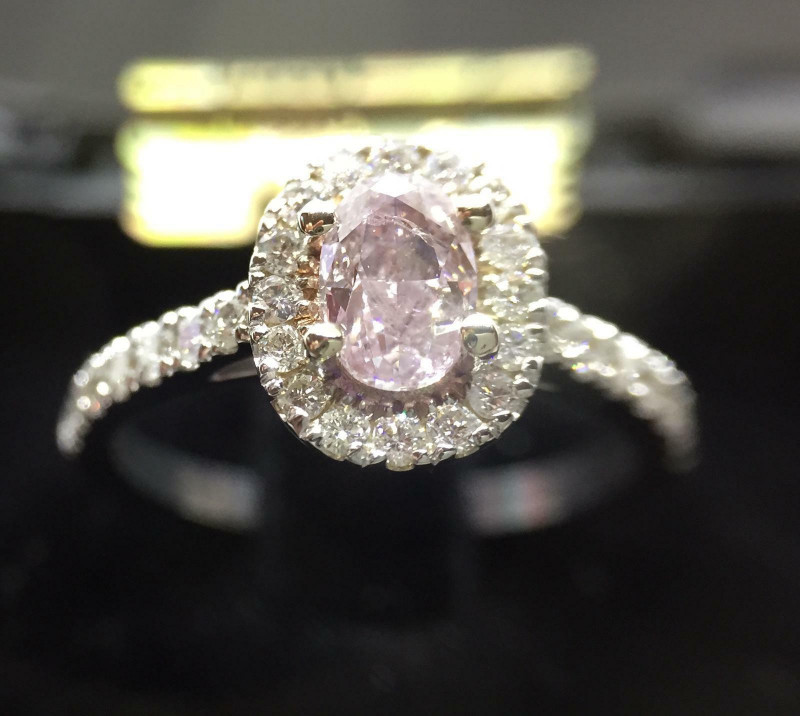
钻石价格和价值
由于影响钻石价值的因素众多,因此很难一概而论。即使是两颗1克拉的无色钻石,每克拉的价格也可能在2,000美元到25,000美元之间。
理论上,最高品质的钻石是IIa型,颜色为D色,净度为无瑕,且无荧光。然而,一颗无瑕级钻石的价格可能比第二高等级VVS1贵40%。
想要一颗璀璨夺目的钻石,任何颜色等级为 H 或 I 或更高,净度为 SI1 或更高的钻石都可以。选择尺寸时,请记住:克拉重量越高,每克拉价格就越高。
虽然这些并不准确,但以下是一颗颜色和净度都不错的圆形明亮式切割钻石的预估价格明细:
0.50克拉:每克拉1,200-5,800美元
0.75克拉:每克拉1,300-9,000美元
1克拉:每克拉2,000-25,000美元
3克拉:每克拉7,000-51,000美元
5克拉:每克拉9,000-68,000美元
我们的首要建议是:切勿购买未经 GIA 或 IGS 认证的钻石。
正在寻找独特、价格实惠又不会让您倾家荡产的钻石吗?您可能会喜欢巧克力色钻石或盐和胡椒色钻石!
钻石的保养和维护
钻石的耐久性包括三个方面:韧性(易碎性)、稳定性(化学/温度变化)和硬度(莫氏硬度)。
钻石看似牢不可破,但事实并非如此。在正确的角度下,用力锤击就能将钻石砸碎。然而,在珠宝镶嵌中,这种角度不太可能实现。
最后,还有稳定性。总的来说,钻石可以抵抗切割产生的高温和几乎所有酸性物质。只需避免温度突然剧烈变化,即可防止钻石破裂。
那么清洁呢?
几乎任何清洁方法对钻石都是安全的:肥皂、抹布、家用清洁剂。超声波清洁器可能安全,但有可能使钻石与镶嵌座分离。
准备好像钻石一样闪耀!
看来你已经完全掌握了所有重要的钻石知识!这些大自然的奇迹至今仍令人惊叹,也提醒我们无论何时都要闪耀光芒。正如孔子所说:“钻石有瑕,不如无瑕。”
搜索Gemstone Encyclopedia
最新的文章
棕榈象牙雕刻,又称植物象牙,是象牙的天然替代品,取自南美洲棕榈树(Phytelephas palm)的果实,并以符合伦理的方式采集。本指南将带您全面了解棕榈象牙!
15th Jan 2026
彩虹格纹日光石是一种长石,由于内部含有各种包裹体,呈现出三种绚丽的光学效应。它绚丽多彩的光泽和格纹图案使其成为收藏家梦寐以求的珍宝!
12th Jan 2026
文章分类
How To's is where you will find helpful articles from gem Rock Auctions on how to cut gemstones, select gemstones and buy gemstones.
9文章数

